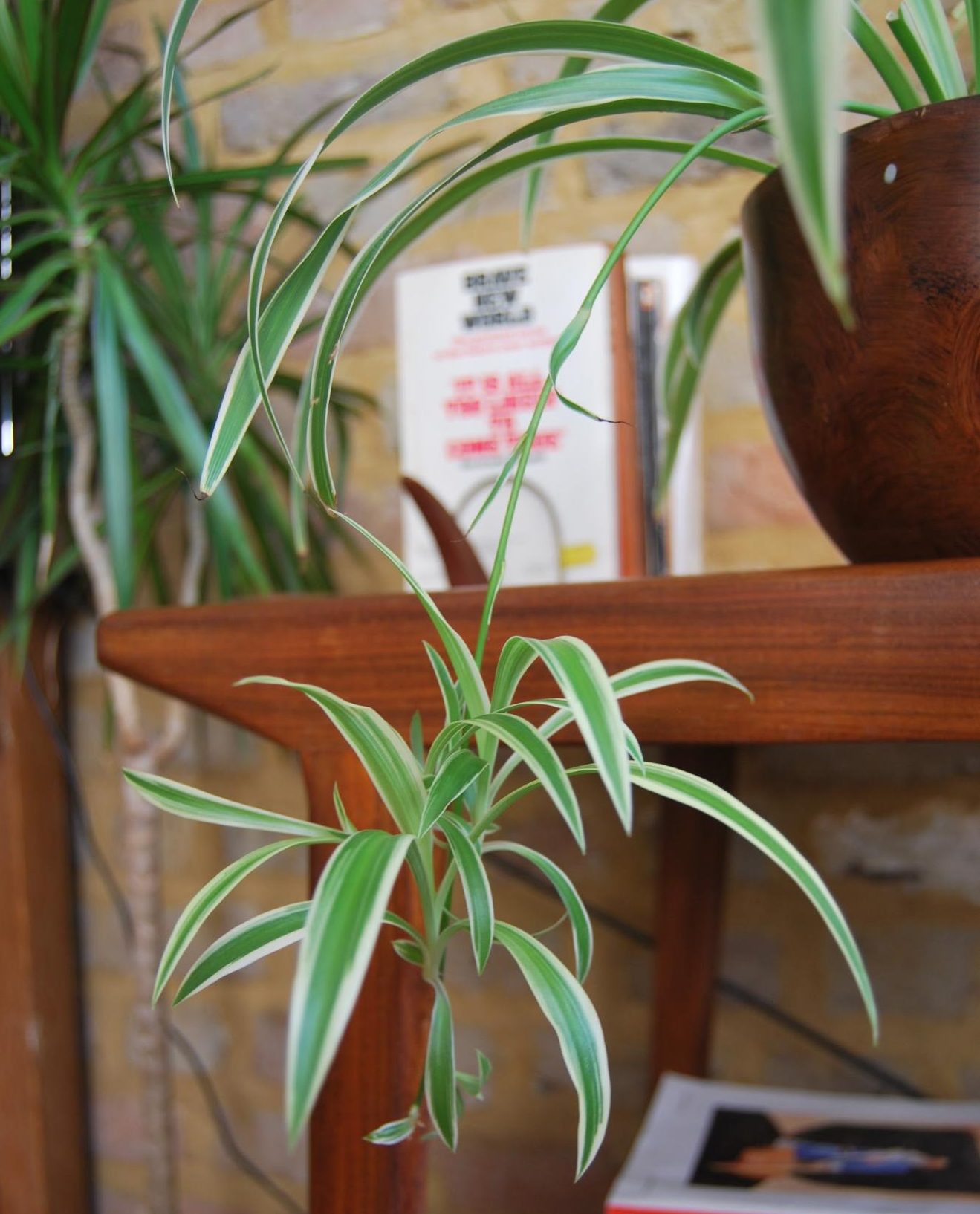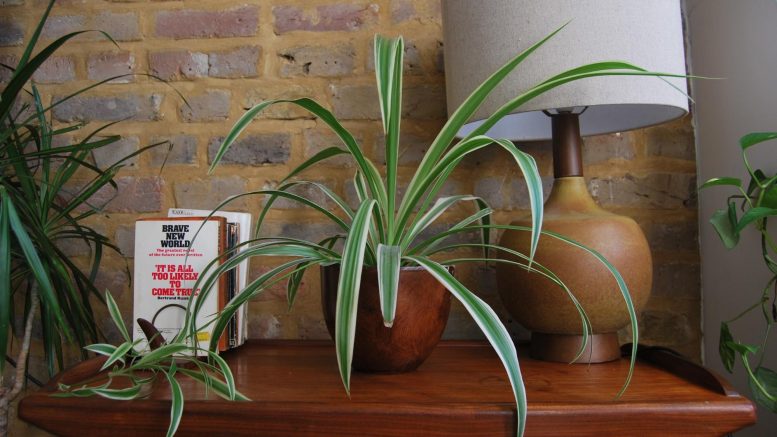Millennials are having a moment with keeping houseplants, but what about those who don’t have the green thumb to keep them alive?
Once the interior design choice of your odd aunt, creating indoor jungles of houseplants has become this generation’s latest fad. From restaurants, to well-curated shops, to boutique hotels, it has become more and more difficult to not find shop fronts and friend’s flats filling up with plants.
As people have become increasingly out of touch with nature and more in touch with their screens, perhaps the trend of trying to cultivate a personal green space is inevitable. Aside from being shown that indoor plants can lift our mood, they also have the potential to clean pollution from the air and make our living quarters more inviting.
https://www.instagram.com/p/Bpe55v_AbwQ/
But as pleasing as it may be to be surrounded by plants, your plants may not be as pleased to be with you. Like people, they can range from being low to high maintenance. Some plants need a constant, stable temperature while others may thrive best in a south-facing windowsill that receives six hours of sunlight. Many, without specific conditions and constant attention, can shrivel up and die quick — much like your ex’s heart.
Because taking care of yourself is already enough work, here are three, fuss-free houseplants to get you started.
1. Sansevieria cylindrica/African spear plant

If you are able to kill an African spear plant, congratulations. No seriously, killing this plant requires more effort than not. Sansevieria cylindrica is an ideal houseplant for those who are often away from home for long periods of time, or simply cannot be bothered to remember they have a plant in the first place.
To keep this speared plant happy, make sure the plant is kept in a pot with good drainage — i.e, holes in the bottom of its pot. Ideally, the plant should have a cactus-based soil to encourage growth but any type of soil will be fine.
Bathed in bright light or stuck in a bathroom with no windows, the African Spear plant could care less. It is equally indifferent to temperature, being able to withstand heat spells outside or flat with cold drafts. While it would appreciate a drink of water every now and then, it will continue to survive if you forget — much in the way that you do on a Friday night out at the pub.
2. Epipremnum aureum/pathos plant/devil’s ivy

The pathos plant is so difficult to kill that it has earned the nickname ‘devil’s ivy’. Able to grow within a plant pot or a vat of water, the ivy is a fast grower that can reach up to eight feet in length. The pathos is a great choice if you are eager to make your place of living very green, very quickly.
To keep this devilish climber happy, give it a well draining pot and water it as often as you wonder: “When is the last time I watered this?” While it would prefer to see natural light, like all living things, it will continue to live comfortably if it is stuck in a dark place.
While the plant can be poisonous if indigested — it is devilish after all — it has more added benefits to your home than simply looking nice. According to NASA, the pathos plant is one of several plants that has been shown to clean the air of common pollutants.
3. Chlorophytum comosum/spider plant

With spindly legs like its namesake, the spider plant is another good candidate for beginners of indoor plant care. It is tolerant to most light conditions, infrequent watering, and temperature fluctuation. However, if kept in bright light conditions and looked after, the spider plant will give back.
If thriving, eventually the plant will start to produce growths — babies, — that come off the plant. These spiderettes can be cut away once they have developed their own roots. Placed in either water or soil, the cuttings should ideally continue to grow until you have eventually have another mature spider plant.
Because of its downward growing nature, the spider plant makes for an excellent hanging plant — either in a basket, a vertical planter, or hanging them upside down. This can be particularly useful if you are limited for space in your living quarters, or you need to distract from that questionable stain on your wall.
—————
There are plenty of other plants that can be kept in your house, flat, or closet-sized studio space without constance maintenance. Such plants include but are not limited to: most cacti and succulents, jade plants, mother-in-law’s tongue, and the Madagascar Dragon Tree.
However, if you are unsure if the plant you picked up from around the corner or have been gifted is going to make it beyond next week, fear not. There are currently several phone apps on the market that can help you identify a plant by taking a picture of it. Or, if you are somebody who is trying to spend less time looking at a screen, perhaps a beautifully designed set of houseplant care cards can help.
Going to be my flat after I visit the garden centre again! #plantobsessed pic.twitter.com/oMqRc8drCf
— Scottish Jen (@YaldieJenJen) October 12, 2017
https://platform.twitter.com/widgets.js
Happy growing!
Words: Taylor Paatalo | Subbing: Claire Chung | Photography: Taylor Paatalo

